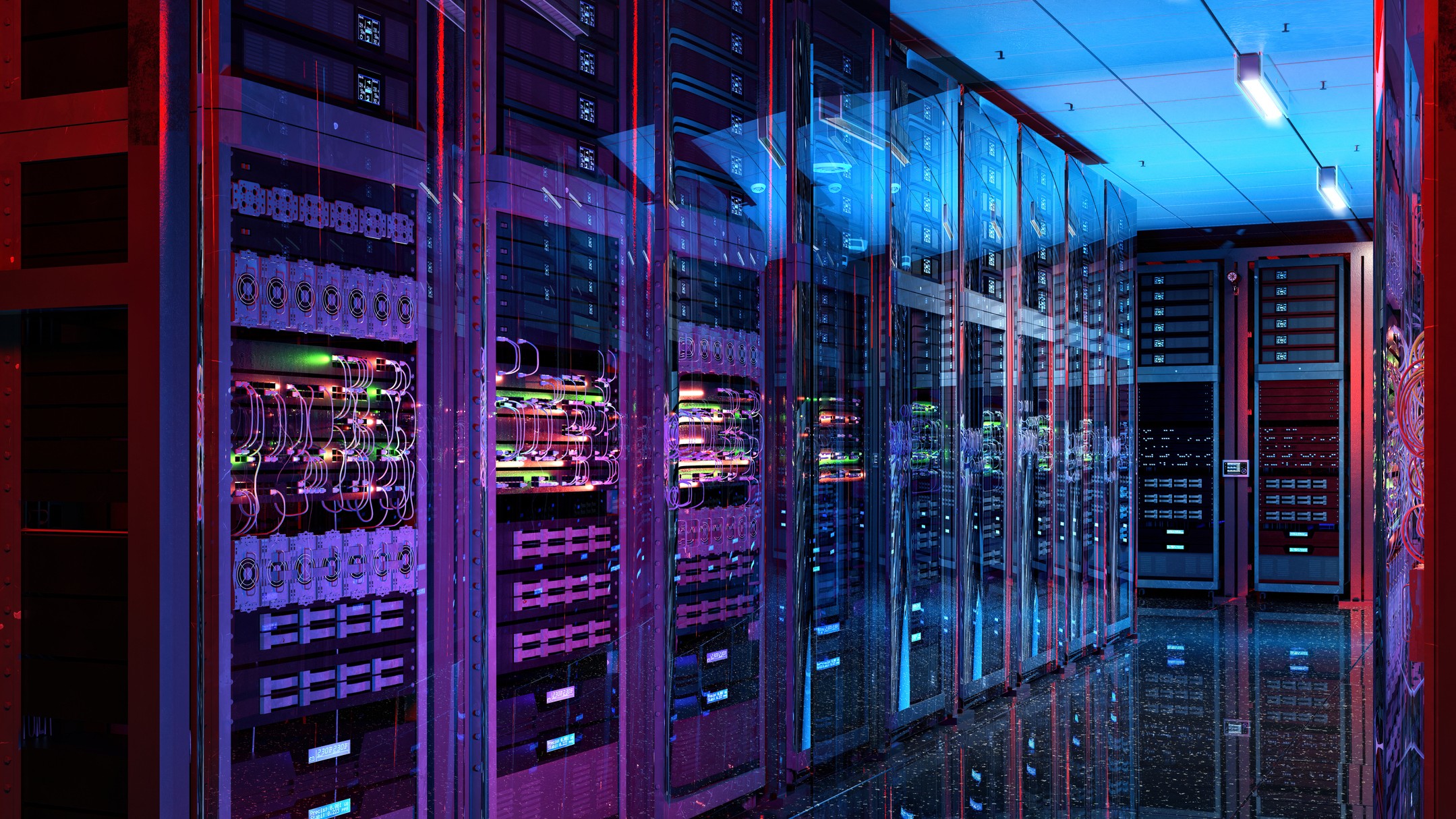
What you need to know
- A new study reveals that OpenAI's ChatGPT running GPT-3 uses up to four times more water than previously thought.
- A separate study indicated that OpenAI's GPT-4 model (referred to as mildly embarrassing at best) uses up to 3 water bottles to generate a mere 100 words.
- Generative AI's high demand for electricity and water is subtly hurting large tech corporations' sustainability and environmental goals.
Despite the rapid adoption and advancements in the generative AI landscape, users have raised critical concerns about the technology, including a 99.9% probability it'll end humanity, take over jobs from humans, and more. Major tech corporations like OpenAI and Microsoft are at the frontline in the AI landscape with their flagship AI models have revolutionized our lives.
However, it's still unclear whether the advantages of broad access to AI outweigh the cons. While the technology is being integrated into workflows and even across medicine, education, computing, entertainment, and more, it raises critical concerns equally.
For instance, Elon Musk indicated the world is on the verge of the world's biggest technological breakthrough with AI, but there won't be enough electricity to power its advances by 2025. Generative AI's high demand for cooling water is alarmingly high, too.
Last year, we learned that Microsoft Copilot (formerly Bing Chat) and ChatGPT consume up to 1 bottle of water per query. A recent study revealed that OpenAI's GPT-4 model consumes up to 3 water bottles to generate 100 words.
In 2020, the University of Riverside published a study indicating that ChatGPT consumes approximately 2 liters of water to generate 50 responses to queries. Now, we learn that the technology potentially consumes more water than we thought.
According to an ongoing study dubbed Making AI Less Thirsty, slated to be published in Communications of the ACM, OpenAI's ChatGPT consumes up to four times more water for cooling than previously thought (via The Times). For context, the study is based on an earlier version of ChatGPT running OpenAI's GPT-3 model.
As you may know, OpenAI has shipped new next-gen AI models since GPT-3, including GPT-4 and GPT-4o which spot advanced capabilities like real-time audio, text, and vision capabilities. GPT-3 is far less capable when compared to OpenAI's flagship models. Based on this premise, the firm's newer AI models may use more water for cooling because of their advanced capabilities to handle more complicated tasks.
Not a good look on the environmental and sustainability front

Major tech corporations invested in the AI landscape, such as OpenAI, Microsoft, Google, and others, are trapped between a rock and a hard place. As AI becomes more advanced and powerful, it's becoming increasingly difficult to meet its high electricity and water demands.
Aside from the dire need for resources to support their ventures, exploration of the technology acts as a major deterrent to achieving their sustainability and environmental goals. In case you missed it, Microsoft is working towards becoming carbon-negative by 2030.
According to a recent sustainability report, Microsoft reported 22.5% of total water consumption, while Google and Meta used 17% each. It remains unclear how these companies will manage AI's high demand for cooling water as models become more sophisticated.
OpenAI reportedly spends up to $700,000 daily to keep ChatGPT running. While the AI landscape seems like every major tech corporation's bread and butter, it requires vast resources and investments. Investors are already raising concerns about the large investments, yet it's seemingly impossible to establish a clear path to profitability in the category.
The ChatGPT maker recently raised 6.6 billion dollars from Microsoft, NVIDIA, Thrive Capital, and other key investors, pushing its market cap well beyond $157 billion. The AI firm has avoided going into bankruptcy with projections of $5 billion in losses within the next few months.
However, the round funding features a critical threshold that could leave OpenAI in a worse position. OpenAI reportedly needs to turn into a for-profit entity within the next two years or run the risk of returning the money raised by investors. Experts speculate that the transition might encounter several roadblocks from OpenAI's board of directors, staff members, the government, and regulatory institutions.
🎃The best early Black Friday deals🦃
- 🎮Lenovo Legion Go (Z1 Extreme) | $649.99 at Best Buy (Save $100!)
- 💻HP Victus 15.6 (Radeon RX 6550M) | $449.99 at Best Buy (Save $350!)
- 📺Amazon Fire TV Stick | $24.99 at Amazon (Save $25!)
- 💻Lenovo IdeaPad 1 (Ryzen 5) | $329.99 at Best Buy (Save $250!)
- 💻Samsung Galaxy Book4 Edge (X Elite) | $849.99 at Best Buy (Save $500!)
- 💻ASUS Vivobook S 15 (X Elite) | $959 at Amazon (Save $341!)
- 💻Dell XPS 14 (Core Ultra 7) | $1,449.99 at Dell (Save $550!)
- 💻Dell Inspiron 14 2-in-1 (Ryzen 5) | $499.99 at Best Buy (Save $230!)
- 💻Lenovo Yoga 9i 14 (Core Ultra 7) | $1,099.99 at Best Buy (Save $350!)
We at Windows Central are scouring the internet for the best Prime Day deals and anti-Prime Day deals, but there are plenty more discounts going on now. Here's where to find more savings:
- Xbox controller deals: Walmart | Target | Best Buy | Amazon | Newegg
- Xbox SSD storage deals: Walmart | Target | Best Buy | Amazon | Newegg
- Gaming headset deals: Walmart | Dell | Target | Best Buy | Amazon
- MicroSD storage deals: Walmart | Target | Best Buy | Amazon | Newegg
- Gaming handheld deals: Walmart | Target | Best Buy | Amazon | Newegg
- Laptop deals: Walmart | Target | Best Buy | Amazon | Newegg
- Copilot+ AI laptop deals: Walmart | Target | Best Buy | Amazon | Newegg
- Monitor deals: Walmart | Target | Best Buy | Amazon | Newegg
- Mini PC deals: Walmart | Target | Best Buy | Amazon | Newegg
- Gaming keyboard deals: Walmart | Best Buy | Amazon | Dell | Newegg
- Gaming mice deals: Walmart | Best Buy | Amazon | Dell | Newegg







